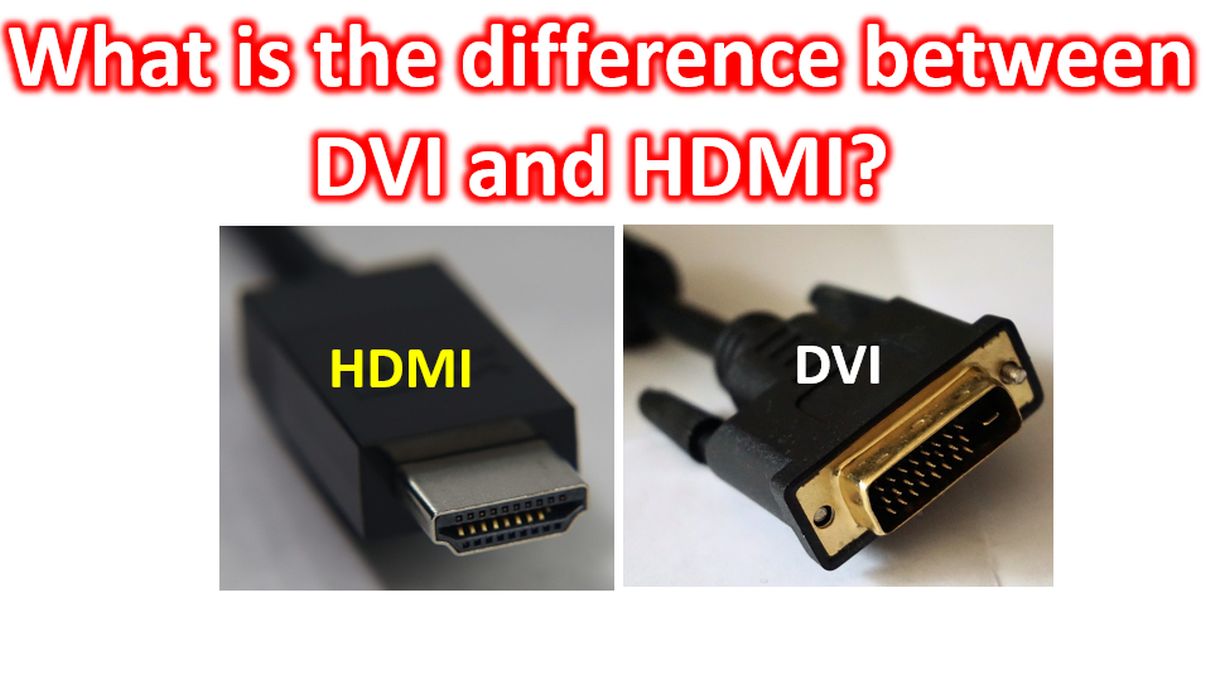What is the difference between DVI and HDMI?
What is the difference between DVI and HDMI?
My FT-710 AESS radio needs a DVI-D cable to connect to an external display. During an online discussion, another radio amateur pointed out that it may not be ideal to use an DVI to HDMI converter as it could lead to blowing up of a fuse inside the FT-710 AESS, which would mean that the radio will have to be sent back to the company for repair. That is indeed a scary situation, especially in my region with no direct repair center of the manufacturer. As you may be aware, most of the monitors available now a days are HDMI. HDMI stands for High Definition Multimedia Interface which can carry both audio and video signals. DVI stands for Digital Visual Interface. Some also mention it as Digital Video Interface. Either way, DVI carries only video signals and you need another cable for audio.

DVI itself could be of three types. The port in my radio is DVI-D, meaning it carries digital signals. DVI-A supports only analog signals. On the other hand, DVI-I can support both digital and analog signals. Most of the modern devices support only HDMI and availability of DVI monitors is coming down. Converters are there to convert DVI to HDMI, with DVI socket on one end and HDMI pin on the other end. HDMI can support higher resolution and higher data rates compared to DVI. HDMI cables also support higher refresh rates like 120 Hz. Another feature is that it permits hot plugging. I just tested it out in my computer monitor on which I am typing this! Hot plugging means you can connect and disconnect while in use. This is not possible with DVI.